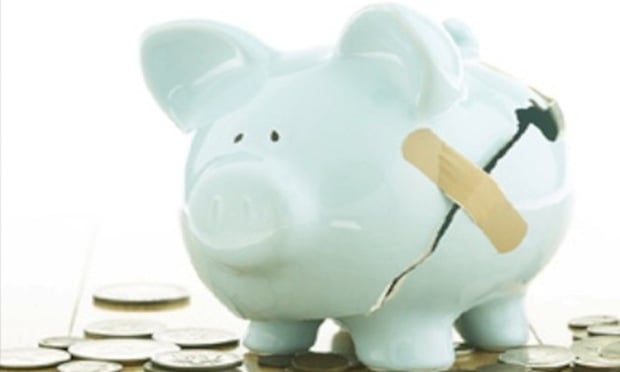Core inflation will remain close to 2%, forcing the Fed to raise rates to 5% by mid-year. The economy is transitioning into a slower growth phase, but inflation remains a concern. November housing starts were 2.1 million units and permit activity remained robust. But, signs of an impending slowdown are getting stronger. New home sales fell by 11.3% from October, and existing home sales also softened. The inventory of unsold homes on the market has been slowly, but steadily, increasing, they point out.
Manufacturing industrial production is up 4.1% year-over-year, the three-month moving average of orders for capital equipment--excluding defense--is up 15.8%, and housing permits are up 4%. Unemployment is falling and capacity utilization is rising, so the Fed needs to slow the economy down by raising the Fed funds rate to 5.0% by May 2006, the economist predict. Real GDP growth is likely to be 3.1% this year and 3.2% in 2007. The yield on the 10-year Treasury note will rise, but not by enough, keeping the yield curve inverted, at least in the first half of 2006. By the end of the year, however, this situation will be rectified since the 10-year yield is expected to climb above the Fed funds rate as growth accelerates, they say.
Investment spending is likely to remain robust this year. Also, consumers remain resilient, though their spending will slow. Nor is there much threat of higher inflation, which would require very tight monetary policy. Hence, 2006 is likely to see a continuation of a flat yield curve, the end of the Fed tightening, and robust second-half growth, they say. Government spending should provide a boost to growth this year, replacing some of the slowdown in consumer spending. The rebuilding of the hurricane-damaged states will add about $30 billion, or 0.3% to real GDP growth.
The economists predict the Fed will raise rates to 5%, with 25 basis point hikes at each of the next three FOMC meetings. Then the Fed will pause in its monetary tightening as it evaluates economic activity. As inflation concerns abate, the Fed should be able to cut interest rates in 2007, stimulating growth and steepening the yield curve.
Want to continue reading?
Become a Free ALM Digital Reader.
Once you are an ALM Digital Member, you’ll receive:
- Breaking commercial real estate news and analysis, on-site and via our newsletters and custom alerts
- Educational webcasts, white papers, and ebooks from industry thought leaders
- Critical coverage of the property casualty insurance and financial advisory markets on our other ALM sites, PropertyCasualty360 and ThinkAdvisor
Already have an account? Sign In Now
*May exclude premium content© 2024 ALM Global, LLC, All Rights Reserved. Request academic re-use from www.copyright.com. All other uses, submit a request to [email protected]. For more information visit Asset & Logo Licensing.








